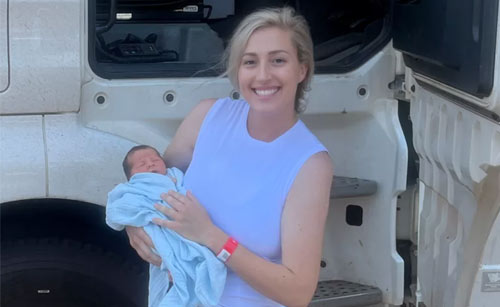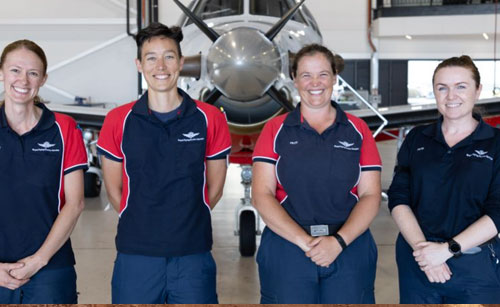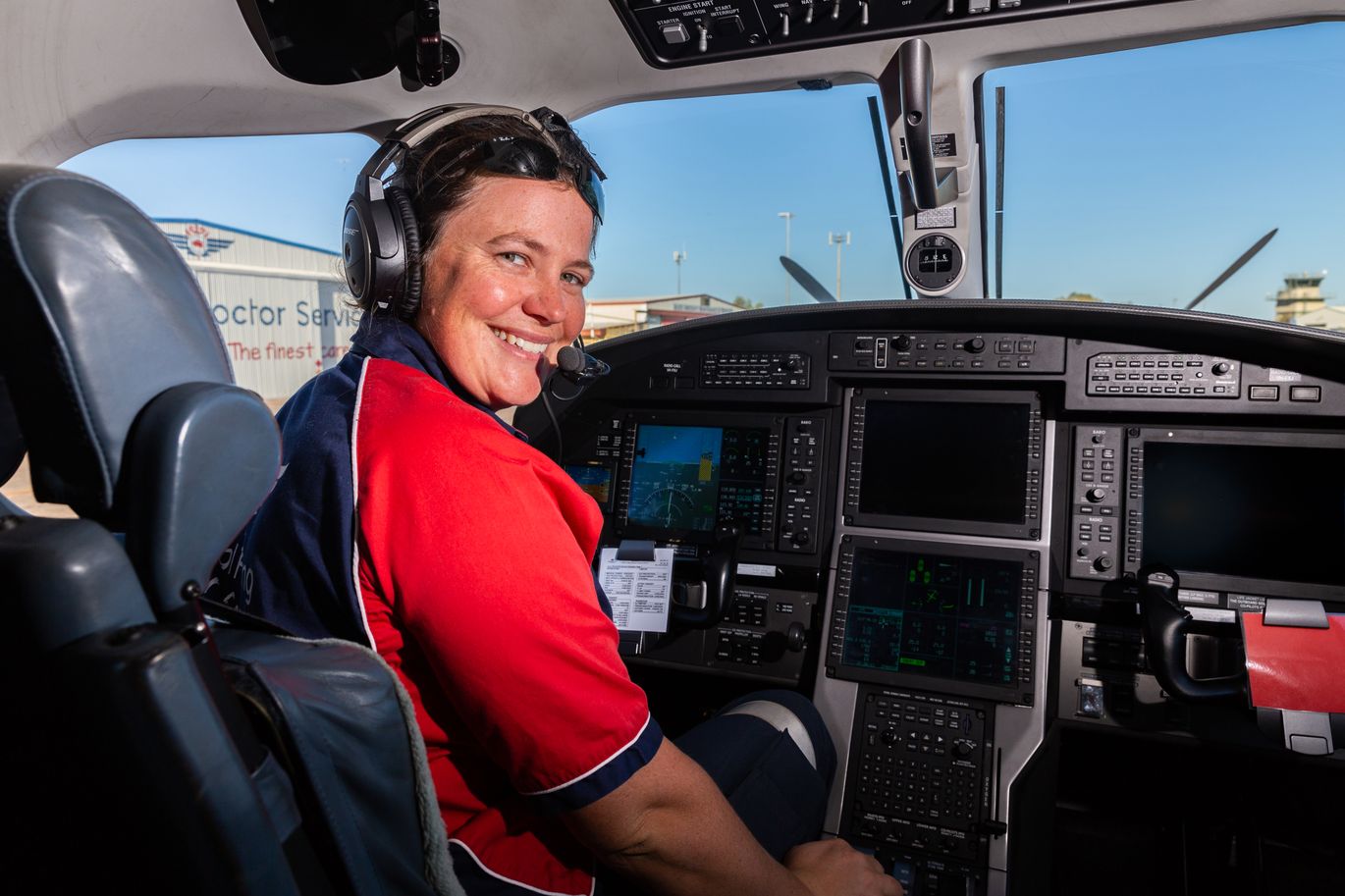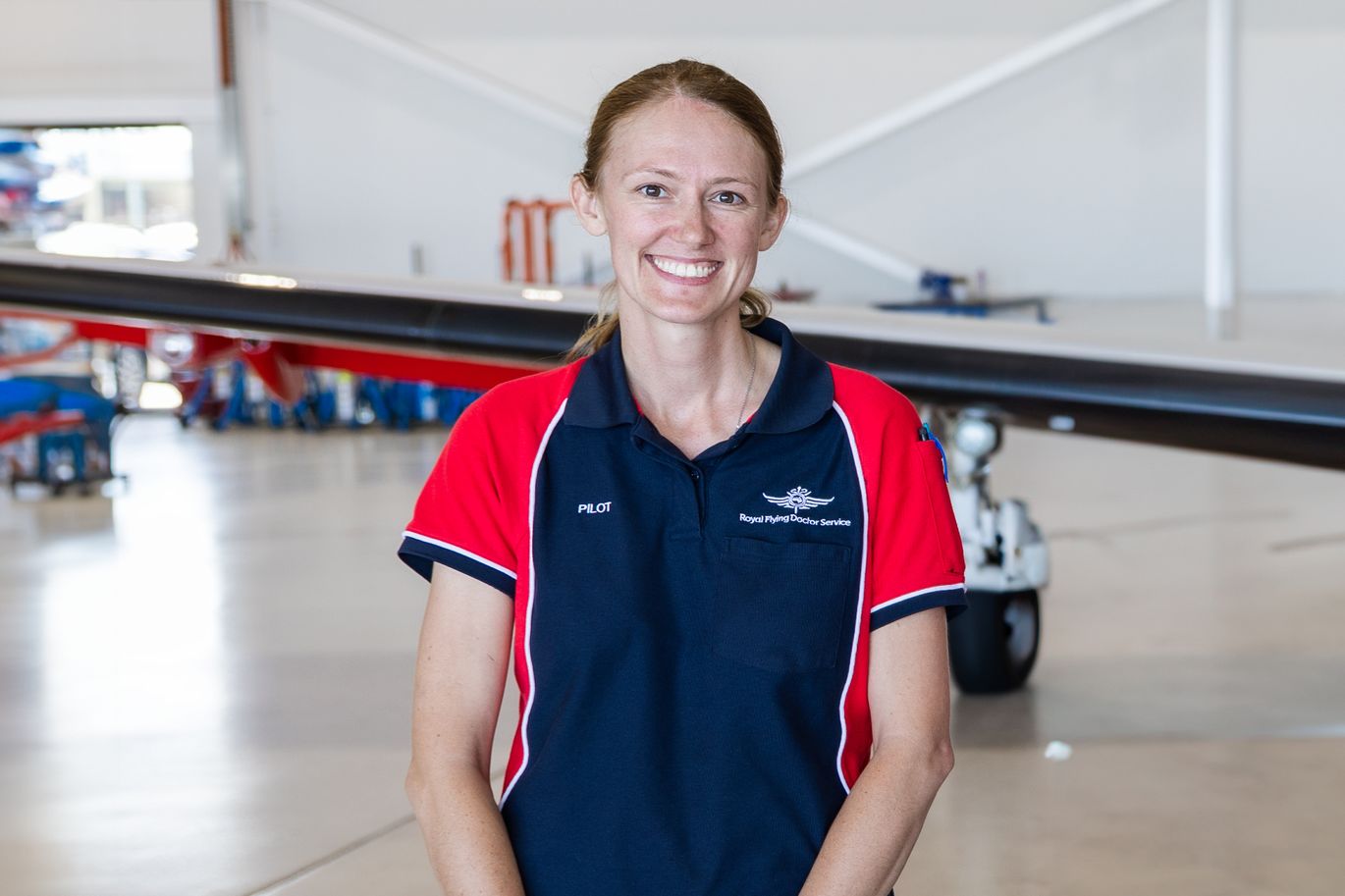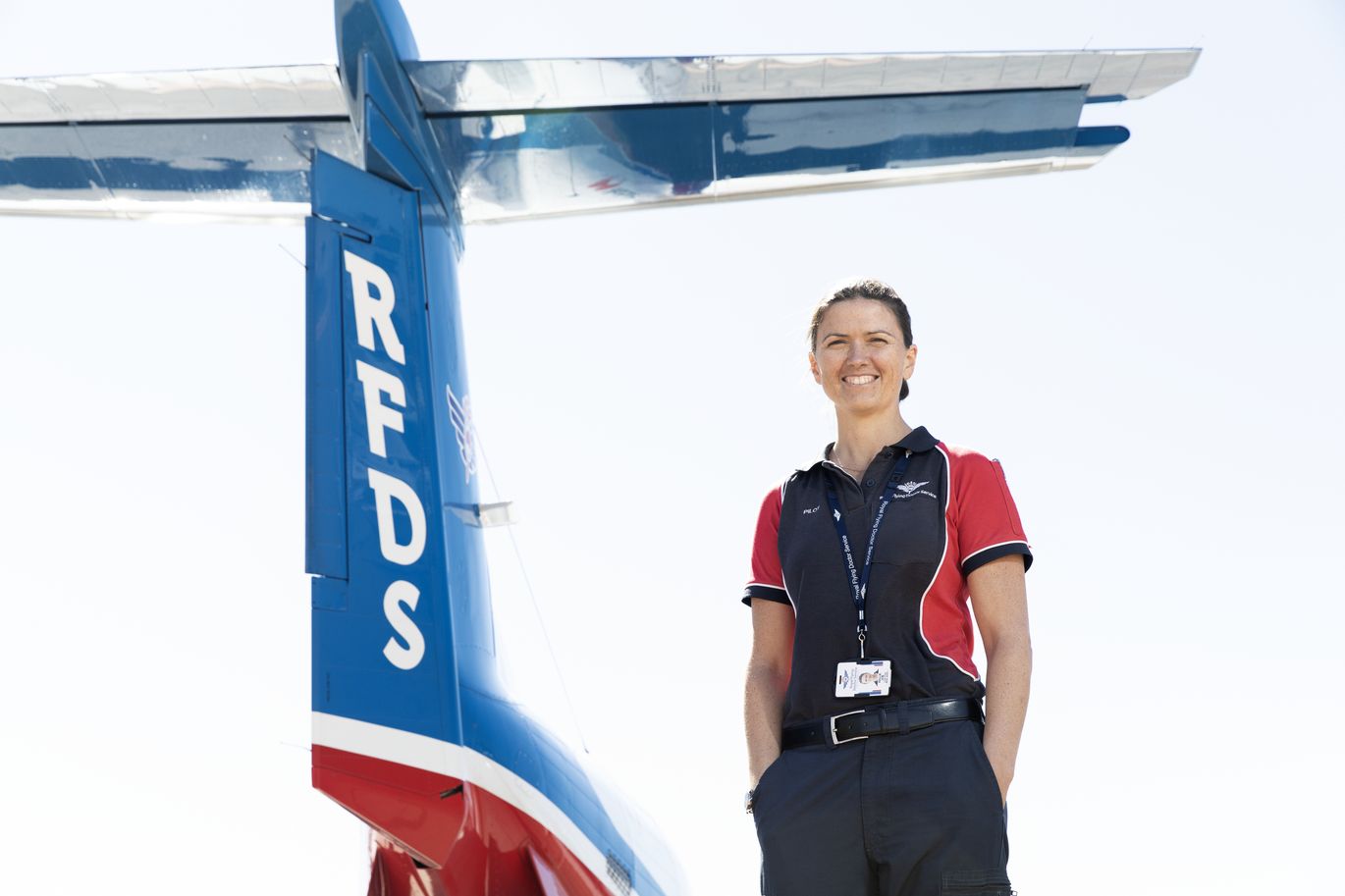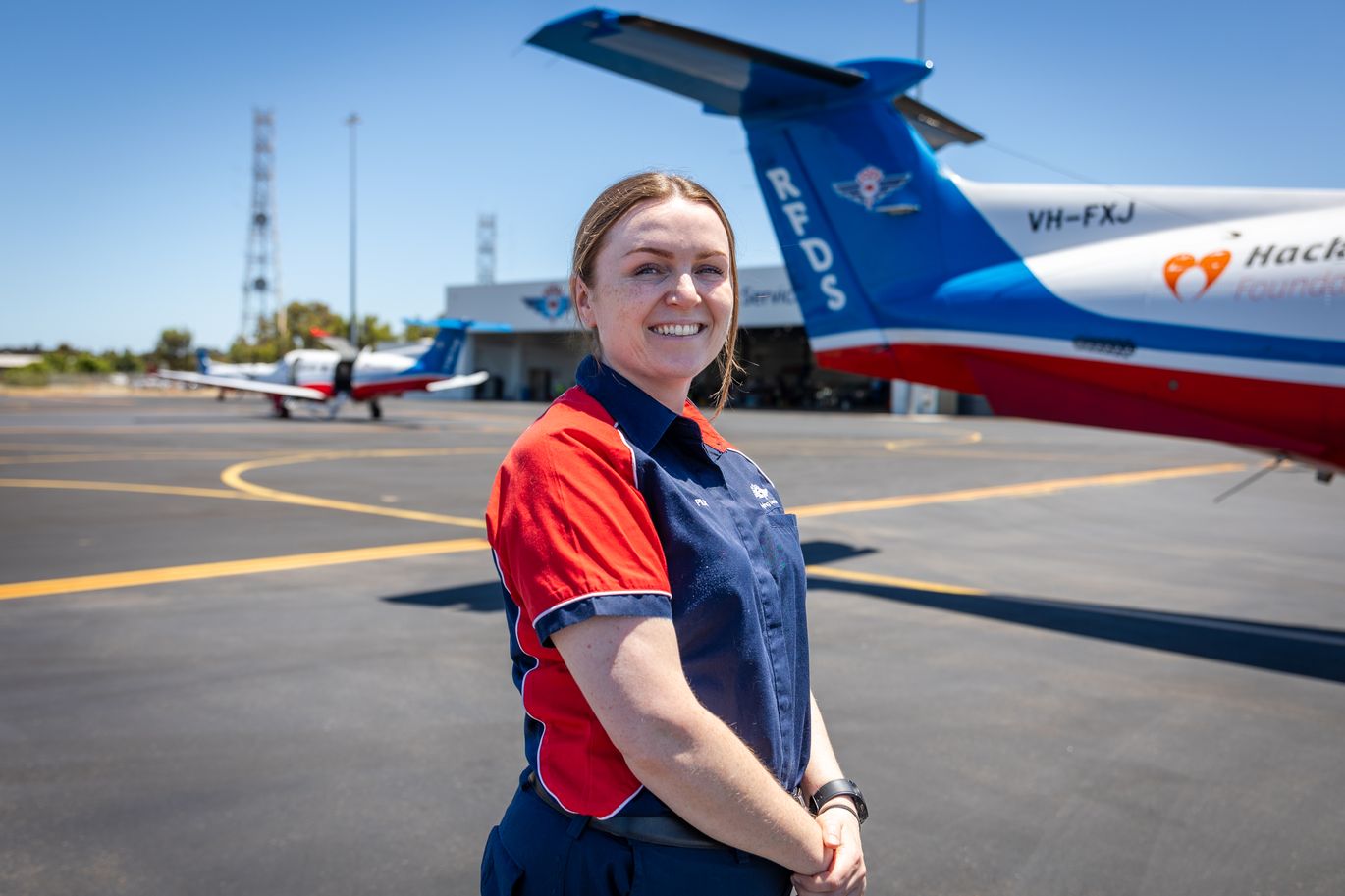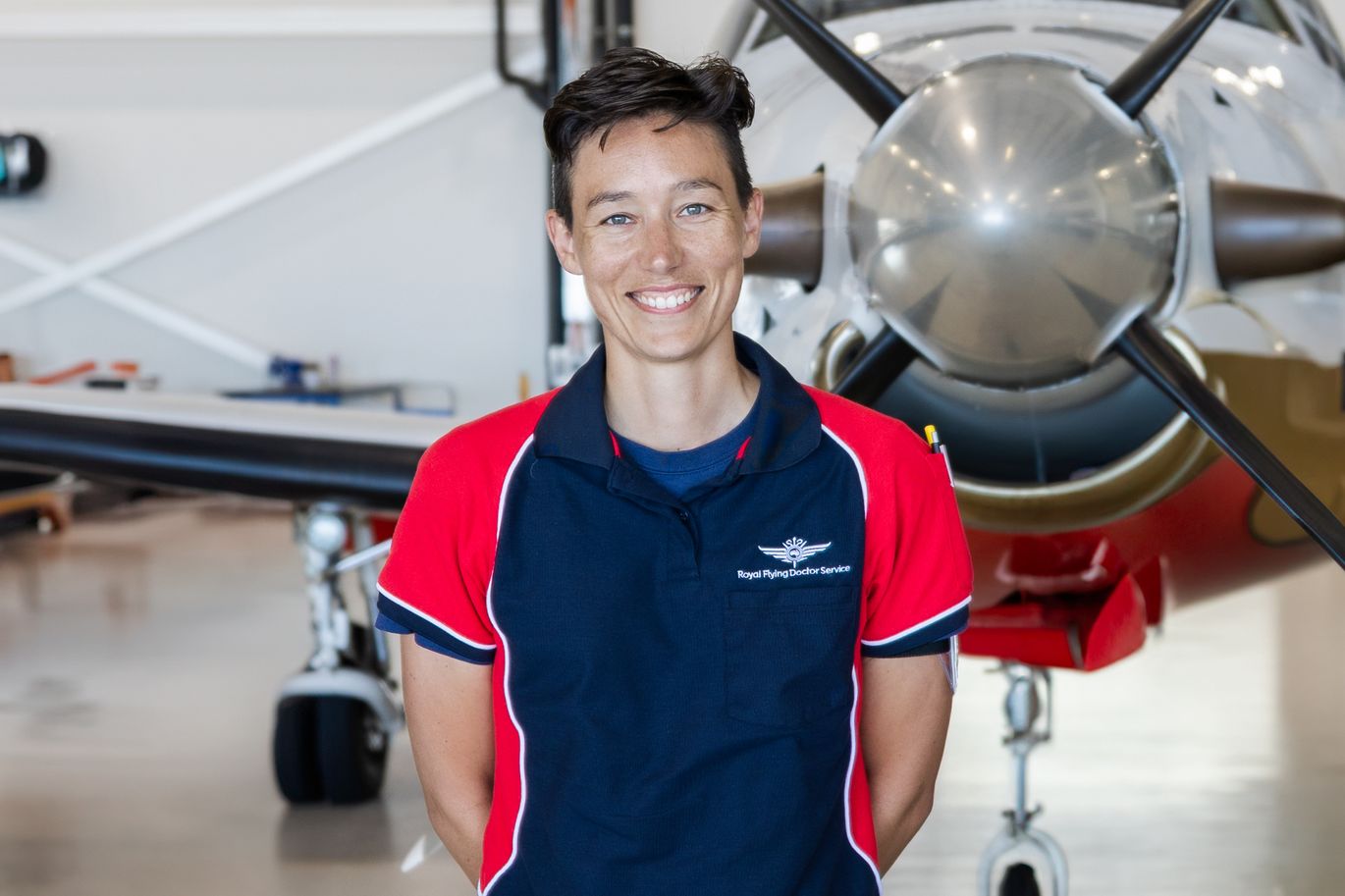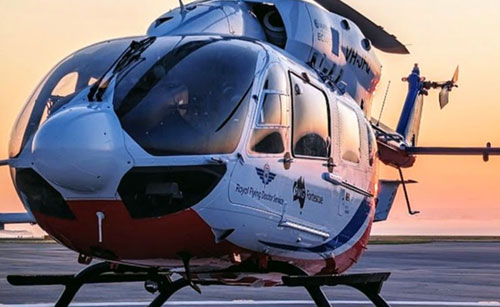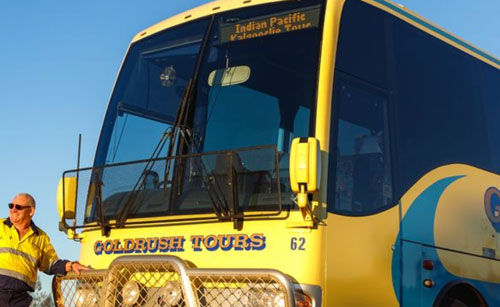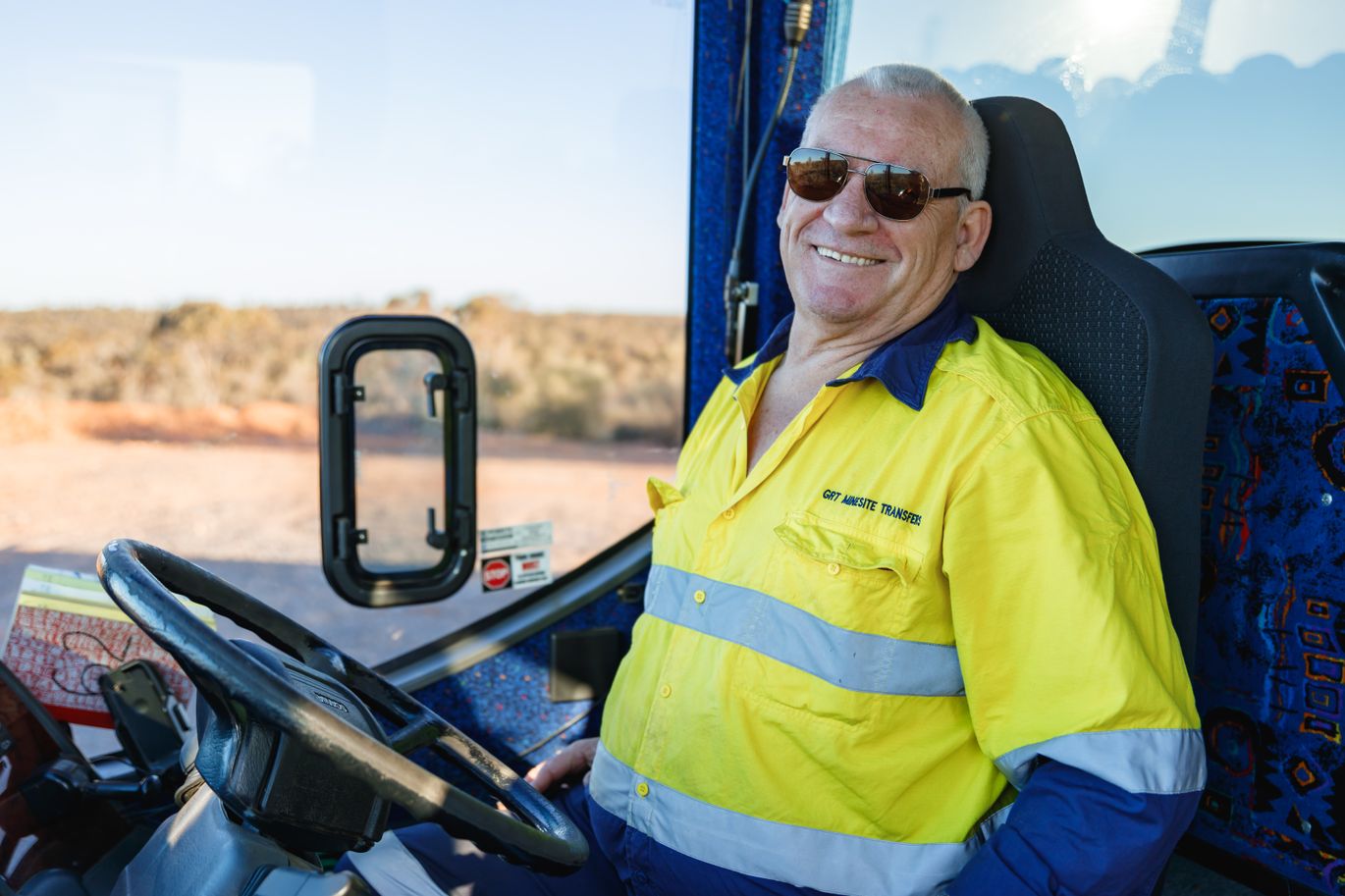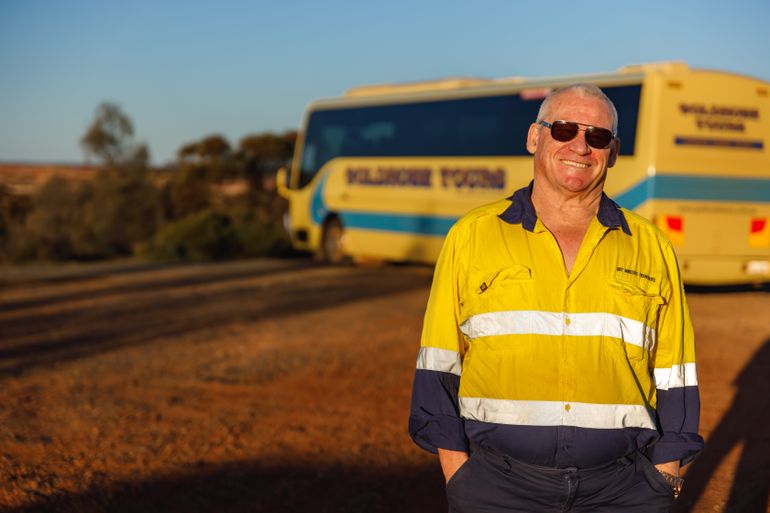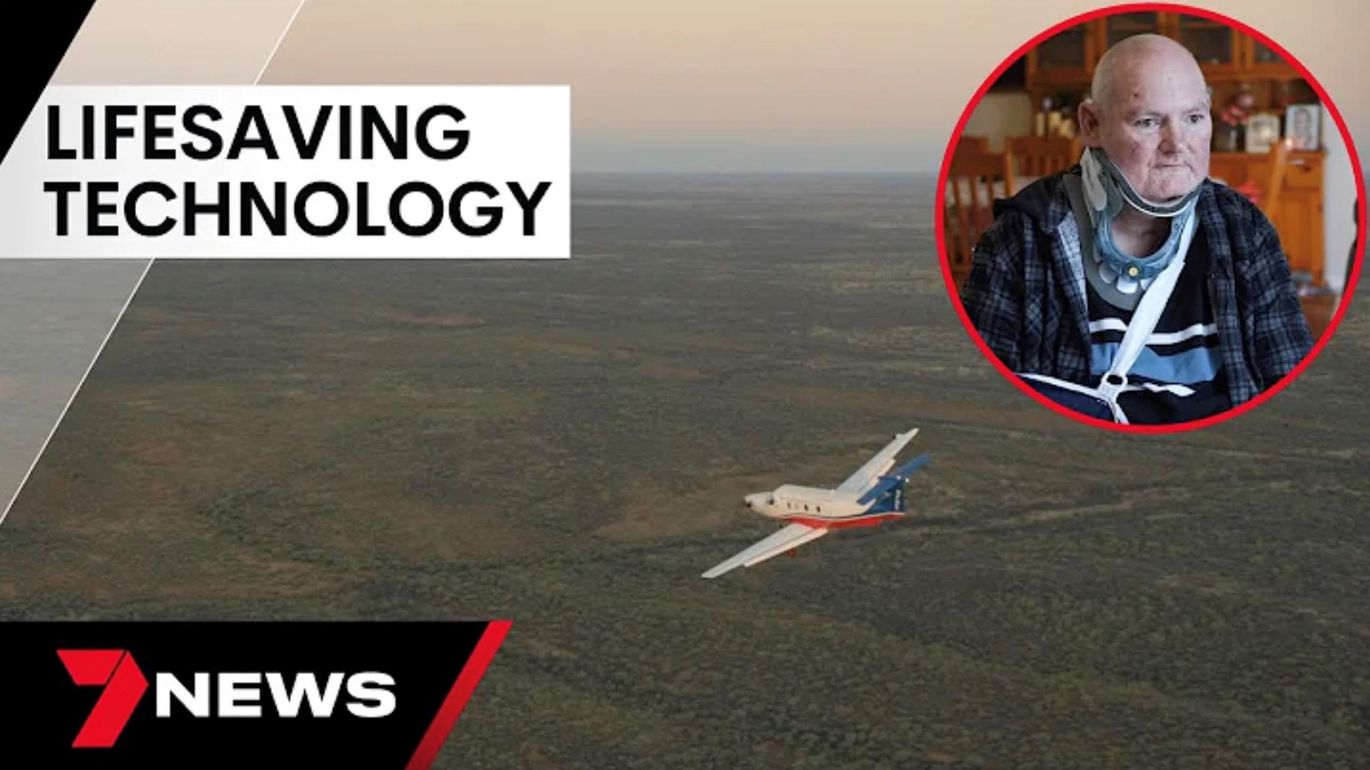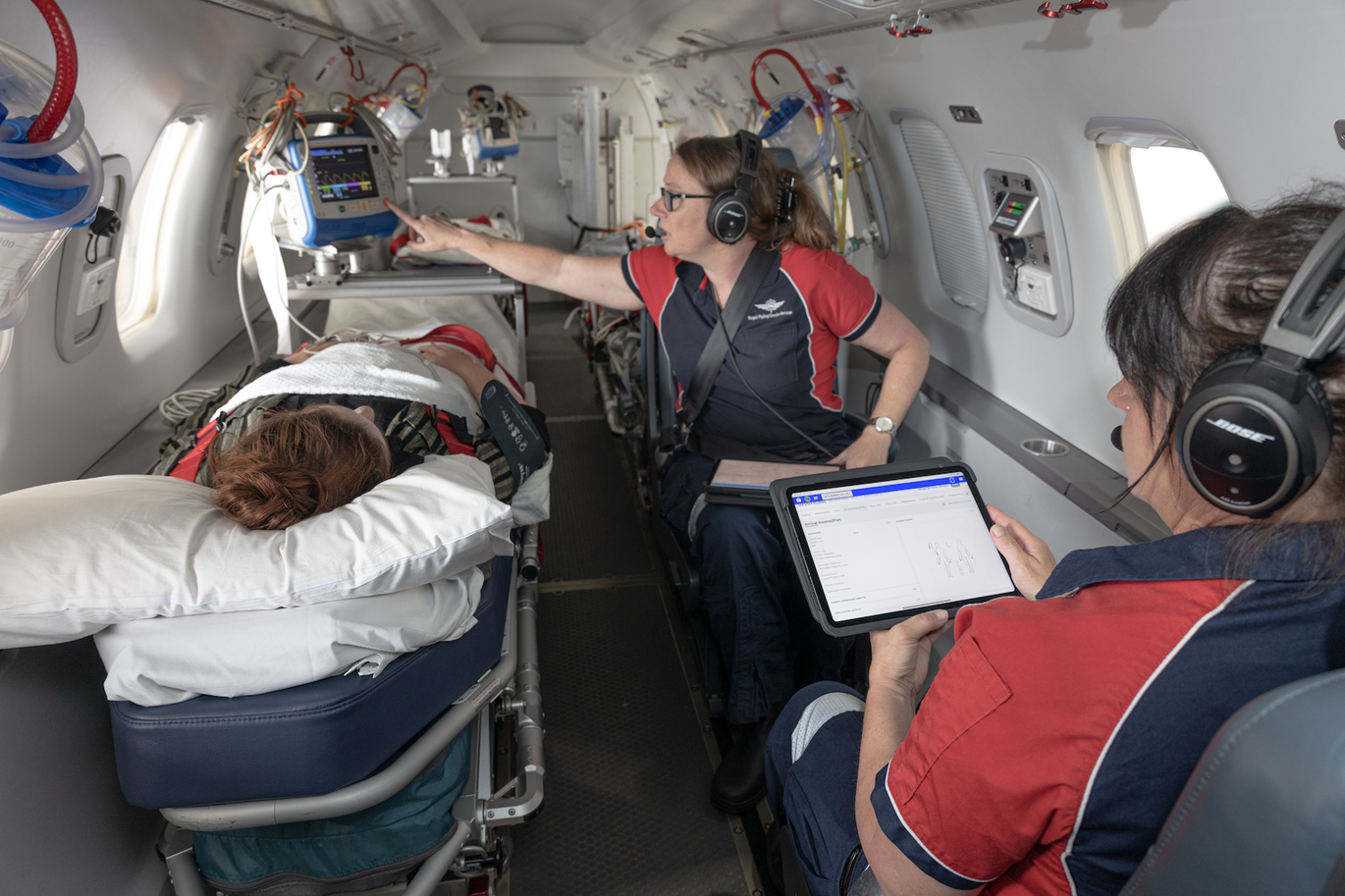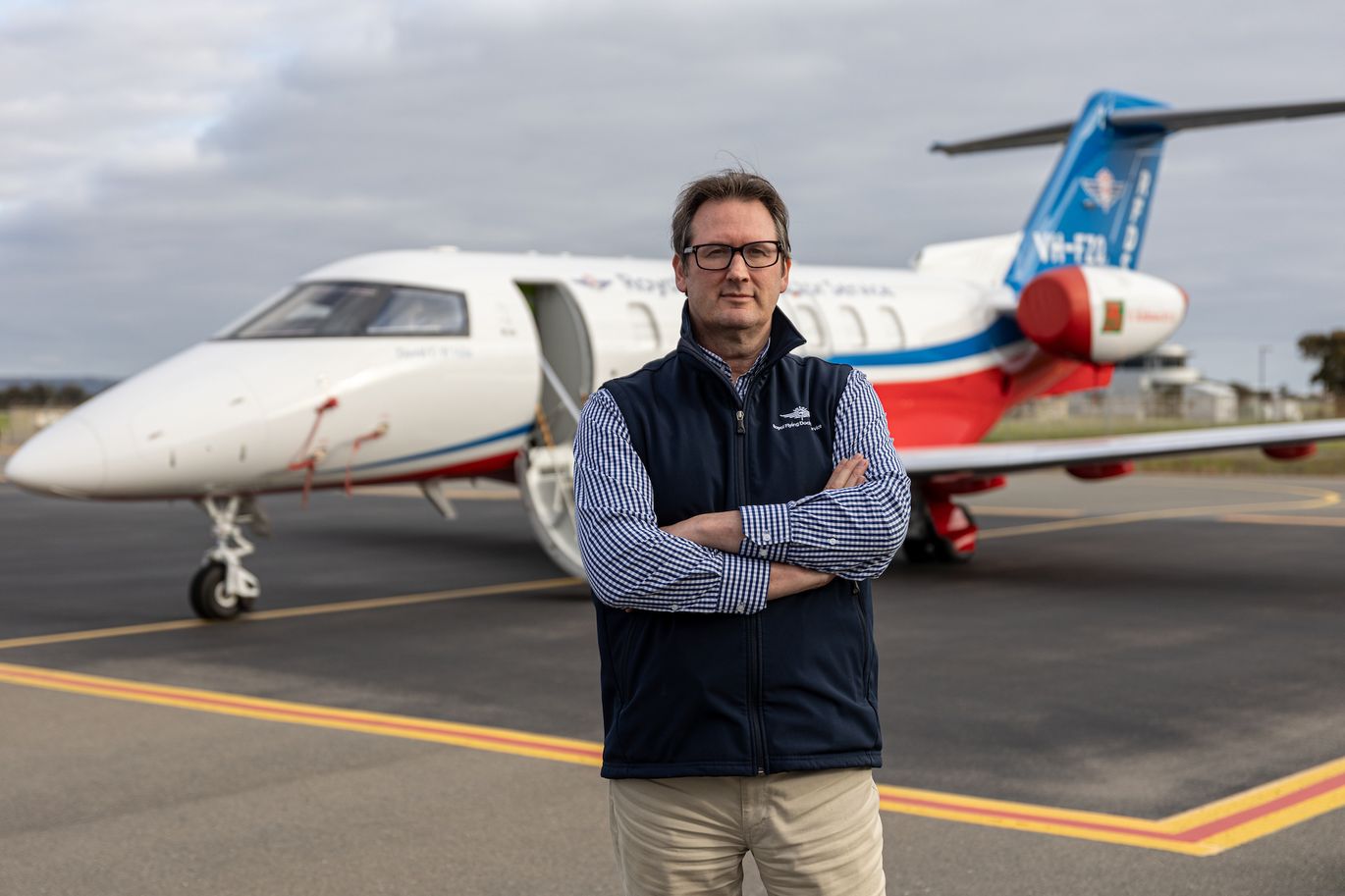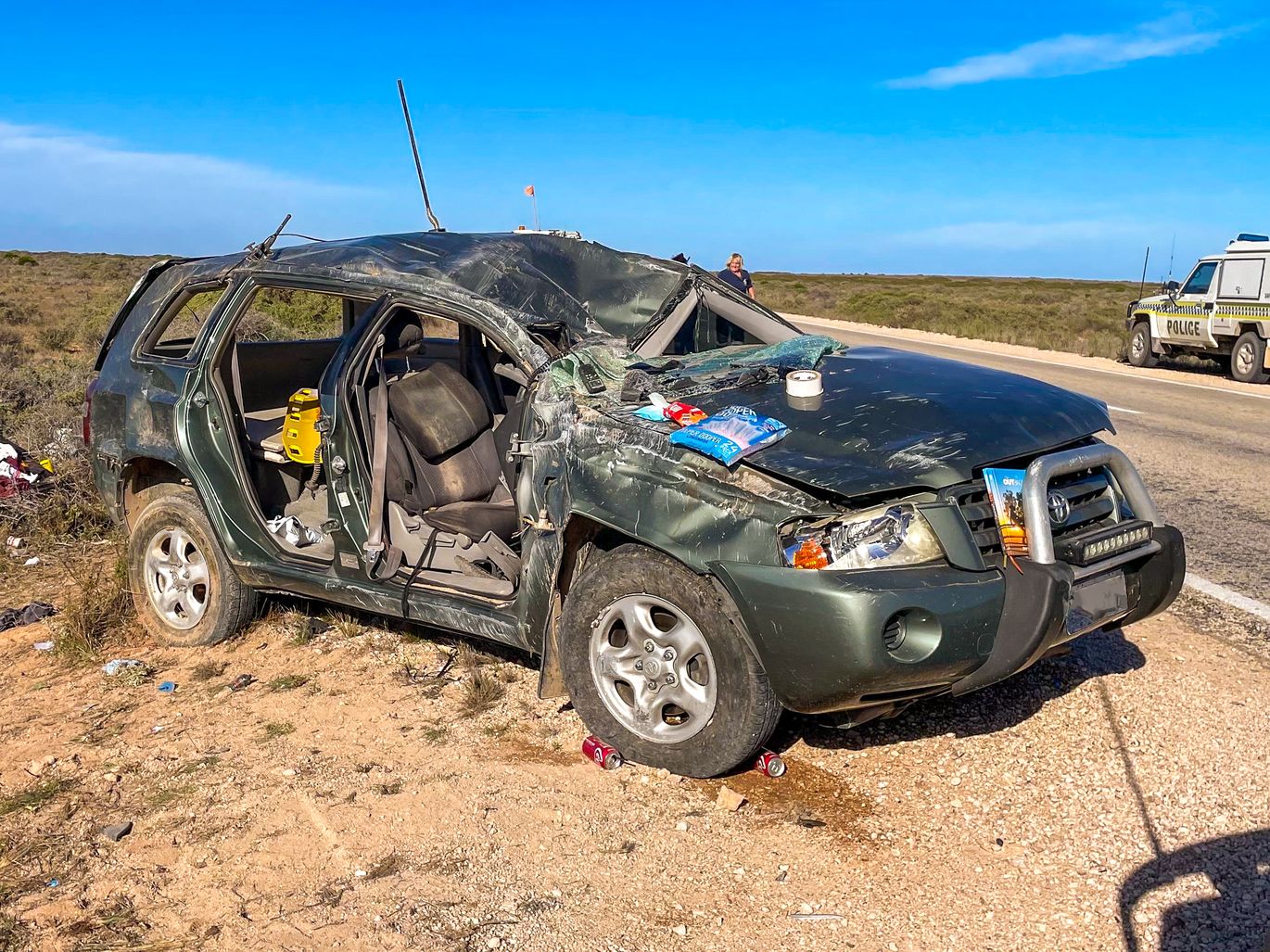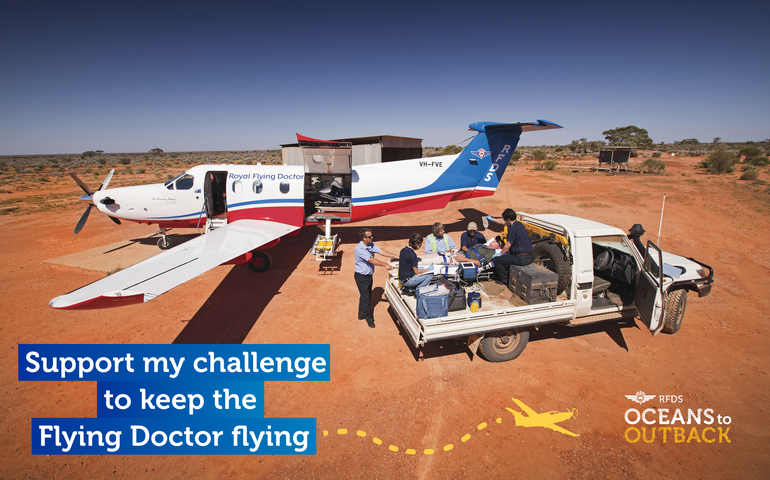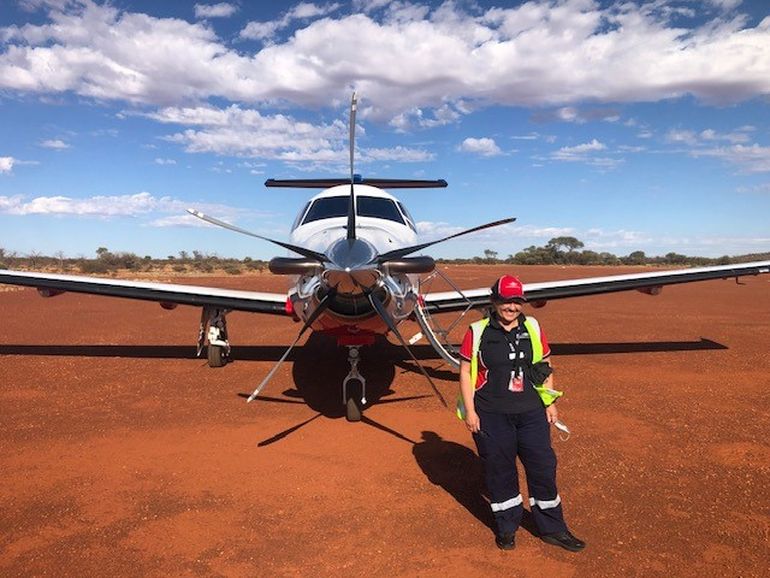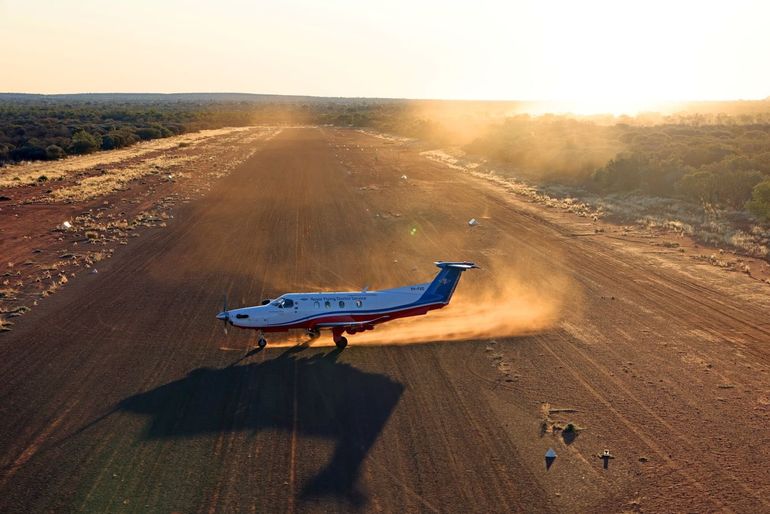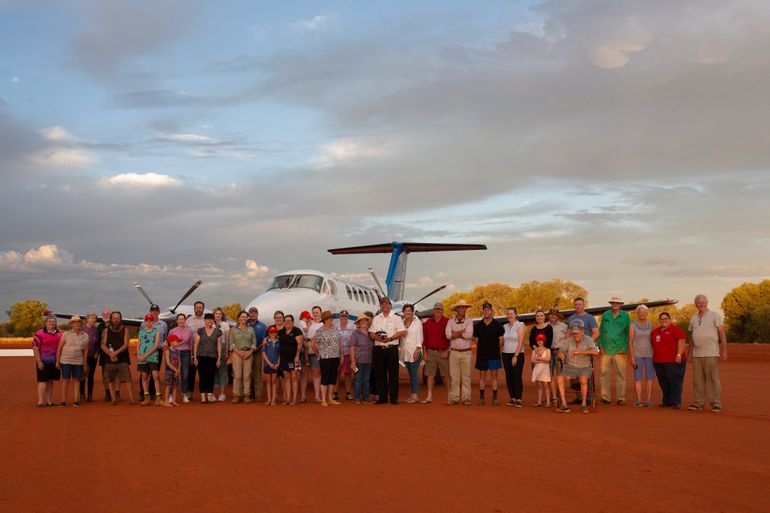Article supplied by RFDS
On 30 May 2024, the Flying Doctor family came together to take a step back in time to reflect on the year 1934 and celebrate the incredible drive and determination that would progress aviation and set the platform for what would become RFDS.
The evening was hosted by television presenter Michael Rowland, and featured the historical accounts of the extraordinary MacRobertson London to Melbourne Air Race as told by Australian entertainer and comedian Titus O’Reily. The magnificent Michelle Berner and the “Fresh Dancers” also appeared as a surprise musical performance during the night’s proceedings.
The year 1934 holds a special place for RFDS and all Victorians. In the middle of The Great Depression, the eyes of the world shifted to Melbourne as the destination for a groundbreaking air race, part of the Centenary Celebrations that aimed to unite the public and inspire hope. In that same year, in a back room of the Commercial Travellers’ Association on Flinders Street, Rev John Flynn and his dedicated team worked tirelessly to draft a constitution for a new organisation that would ultimately be known as the Royal Flying Doctor Service.
It was a premise that ran through the entire night, paying tribute to those who push through in challenging times to drive innovation for the future.
In keeping with this theme, retiring RFDS Victoria Chief Executive Scott Chapman AM was recognised for his lasting impact over the past 14 years. The wide range of RFDS Victoria’s current primary health services, along with patient transport by air and road, have all been instigated in Scott’s tenure; however, it is the personal stories from clients and families that truly explain his impact.
In addition to many dedicated donors and supporters, the dinner was well supported by numerous Members of Parliament, along with corporate partners, stakeholders and ambassadors. Thanks to their generous support, the gala dinner raised more than $100,000 through sponsorships, in-kind donations and fundraising activities on the night.
RFDS Victoria would like to particularly acknowledge APT Luxury Travel as the Principal Partner for the event. It was wonderful to celebrate the humble beginnings of both brands and we look forward to continuing to build on the relationship for the benefit of the communities we serve.
A big thank you is also extended to JBWere as Major Partner for the night, the second time they have supported the Going the Distance Dinner in such a meaningful way.
Additionally, we would also like to acknowledge our wonderful business partners for supporting this event – Biomedical Solutions, Delaware North, Oris and Oakdene Vineyards.
We would also like to thank all those individuals and organisations that donated items to our live and silent auctions, including:
- Alba Thermal Springs
- Allan and Shelley Green
- APT Luxury Travel
- Aesop
- At Your Table
- Delaware North
- Elizabeth Hooley
- Endota Spa
- Geelong Football Club
- Hawthorn Football Club
- Hyatt Centric
- Kakadu Traders Australia
- LaManna
- Love Athletica
- Marriner Group
- Melbourne and Olympic Parks
- Melbourne Storm
- Melbourne Victory Football Club
- Nimbus & Co
- Oris
- Puffing Billy Railway
- RACV City Club
- SleepMaker
- Starward Whisky
- The National Golf Club
- Verve Portraits
Finally, a very special thank you to Anthony Jaye Choreography, Michael Rowland, Michelle Berner, Kelvin Shelley, Peter Jones Special Events, and Titus O’Reily.








